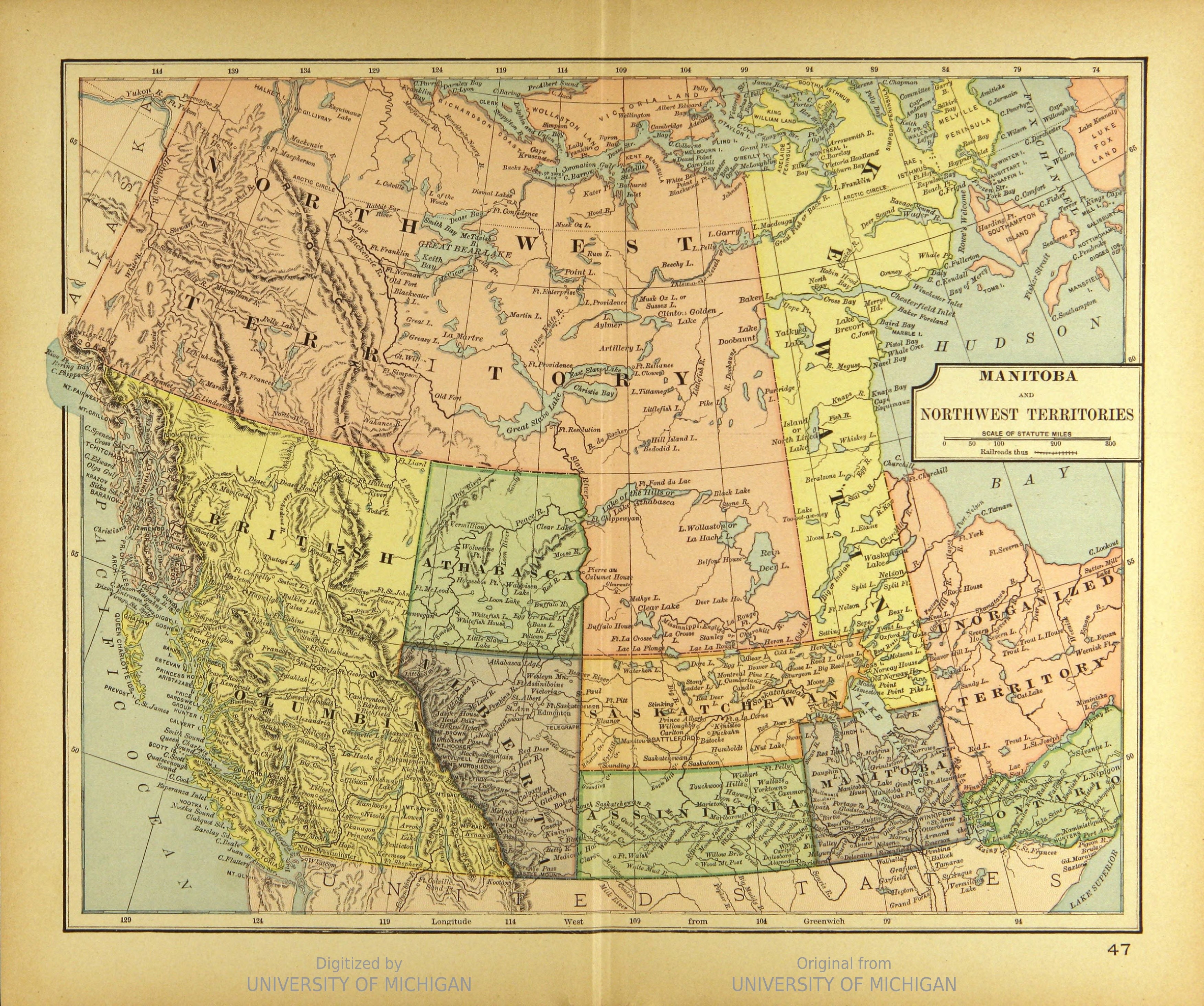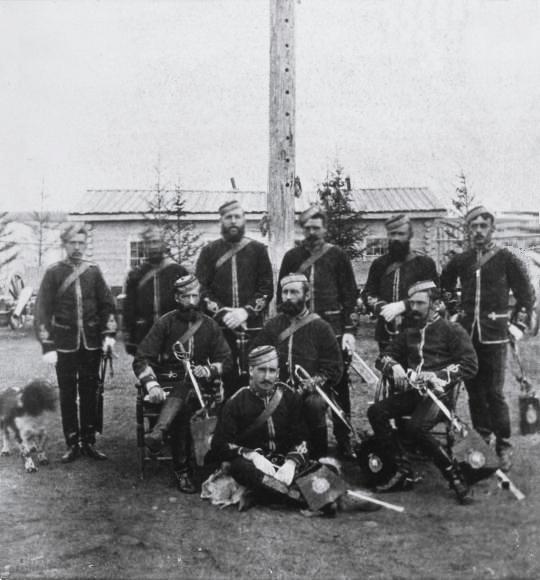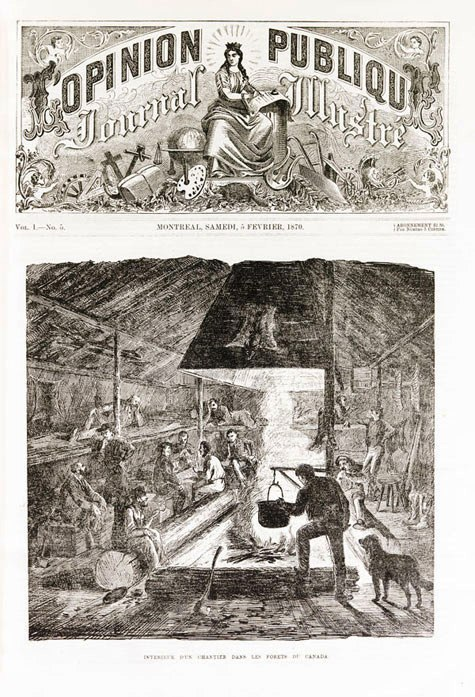|
Henri Julien
Henri Julien, baptised Octave-Henri Julien (14 May 1852 – 17 September 1908), was a Québécois artist and cartoonist noted for his work for the ''Canadian Illustrated News'' and for his political cartoons in the ''Montreal Daily Star''. His pseudonyms include Octavo and Crincrin. He was the first full-time newspaper editorial cartoonist in Canada. Personal history and career Octave-Henri Julien was born in Quebec City on 14 May 1852 to Henri and Zoé Julien and grew up in the Saint-Roch neighbourhood. His father worked as a turner for a mechanical press and his brothers Émile and Télesphore also went on to work in printing. Early influences on Julien include caricatures by the sculptor Jean-Baptiste Côté, who lived nearby among the artisans of saint-Roche, and the country folk of nearby L'Ange-Gardien who inspired many of Julien's later drawings. After the elder Julien won work with the Queen's printer George-Paschal Desbarats the family frequently moved as ... [...More Info...] [...Related Items...] OR: [Wikipedia] [Google] [Baidu] |
Quebec City
Quebec City ( or ; french: Ville de Québec), officially Québec (), is the capital city of the Provinces and territories of Canada, Canadian province of Quebec. As of July 2021, the city had a population of 549,459, and the Communauté métropolitaine de Québec, metropolitan area had a population of 839,311. It is the eleventhList of the largest municipalities in Canada by population, -largest city and the seventhList of census metropolitan areas and agglomerations in Canada, -largest metropolitan area in Canada. It is also the List of towns in Quebec, second-largest city in the province after Montreal. It has a humid continental climate with warm summers coupled with cold and snowy winters. The Algonquian people had originally named the area , an Algonquin language, AlgonquinThe Algonquin language is a distinct language of the Algonquian languages, Algonquian language family, and is not a misspelling. word meaning "where the river narrows", because the Saint Lawrence River na ... [...More Info...] [...Related Items...] OR: [Wikipedia] [Google] [Baidu] |
Ottawa
Ottawa (, ; Canadian French: ) is the capital city of Canada. It is located at the confluence of the Ottawa River and the Rideau River in the southern portion of the province of Ontario. Ottawa borders Gatineau, Quebec, and forms the core of the Ottawa–Gatineau census metropolitan area (CMA) and the National Capital Region (NCR). Ottawa had a city population of 1,017,449 and a metropolitan population of 1,488,307, making it the fourth-largest city and fourth-largest metropolitan area in Canada. Ottawa is the political centre of Canada and headquarters to the federal government. The city houses numerous foreign embassies, key buildings, organizations, and institutions of Canada's government, including the Parliament of Canada, the Supreme Court, the residence of Canada's viceroy, and Office of the Prime Minister. Founded in 1826 as Bytown, and incorporated as Ottawa in 1855, its original boundaries were expanded through numerous annexations and were ultimately ... [...More Info...] [...Related Items...] OR: [Wikipedia] [Google] [Baidu] |
Fort Whoop-Up
Fort Whoop-Up was the nickname (eventually adopted as the official name) given to a whisky trading post, originally Fort Hamilton, near what is now Lethbridge, Alberta. During the late 19th century, the post served as a centre for trading activities, including the illegal whisky trade. The sale of whisky was outlawed but, due to the lack of law enforcement in the region prior to 1874, many whisky traders had settled in the area and taken to charging unusually high prices for their goods. Fort Whoop-Up is also the name of a replica site and interpretive centre built in Indian Battle Park. Construction Fort Hamilton was first built in 1869 by John J. Healy and Alfred B. Hamilton—two traders who had done business in the Fort Benton area of Montana and in the basin of the Upper Missouri—to serve as a trading post. Fort Hamilton was originally a group of 11 cabins. The traders in these cabins traded for $50,000 worth of buffalo robes in just six months of operations. Thi ... [...More Info...] [...Related Items...] OR: [Wikipedia] [Google] [Baidu] |
Western Canada
Western Canada, also referred to as the Western provinces, Canadian West or the Western provinces of Canada, and commonly known within Canada as the West, is a Canadian region that includes the four western provinces just north of the Canada–United States border namely (from west to east) British Columbia, Alberta, Saskatchewan and Manitoba. The people of the region are often referred to as "Western Canadians" or "Westerners", and though diverse from province to province are largely seen as being collectively distinct from other Canadians along cultural, linguistic, socioeconomic, geographic, and political lines. They account for approximately 32% of Canada's total population. The region is further subdivided geographically and culturally between British Columbia, which is mostly on the western side of the Canadian Rockies and often referred to as the " west coast", and the "Prairie Provinces" (commonly known as "the Prairies"), which include those provinces on the easter ... [...More Info...] [...Related Items...] OR: [Wikipedia] [Google] [Baidu] |
Alberta
Alberta ( ) is one of the thirteen provinces and territories of Canada. It is part of Western Canada and is one of the three prairie provinces. Alberta is bordered by British Columbia to the west, Saskatchewan to the east, the Northwest Territories (NWT) to the north, and the U.S. state of Montana to the south. It is one of the only two landlocked provinces in Canada (Saskatchewan being the other). The eastern part of the province is occupied by the Great Plains, while the western part borders the Rocky Mountains. The province has a predominantly continental climate but experiences quick temperature changes due to air aridity. Seasonal temperature swings are less pronounced in western Alberta due to occasional Chinook winds. Alberta is the fourth largest province by area at , and the fourth most populous, being home to 4,262,635 people. Alberta's capital is Edmonton, while Calgary is its largest city. The two are Alberta's largest census metropolitan areas. More tha ... [...More Info...] [...Related Items...] OR: [Wikipedia] [Google] [Baidu] |
Belly River
Belly River is a river in northwest Montana, United States and southern Alberta, Canada. It is a tributary of the Oldman River, itself a tributary of the South Saskatchewan River. The name of the river may come from the Blackfoot word of , meaning 'stomach'. The river was previously referred to as Mokowan River. Its Gros Ventre name is , also meaning 'belly river'. The river gives the name to the Cretaceous age Belly River Formation, which was observed on its banks by George Mercer Dawson in 1883.Dawson, G.M., 1883. Preliminary report on the geology of the Bow and Belly river region, Northwest Territory, with special reference to the coal deposits. Geological Survey of Canada, Report of Progress for 1880-81-82, Part B. Course The Belly River originates in northwestern Montana at Helen Lake, near the base of Ahern Peak in Glacier National Park. It flows north across the 49th parallel north into Alberta near Chief Mountain, in the east of the Waterton Lakes National Park. It ... [...More Info...] [...Related Items...] OR: [Wikipedia] [Google] [Baidu] |
Bow River
The Bow River is a river in Alberta, Canada. It begins within the Canadian Rocky Mountains and winds through the Alberta foothills onto the prairies, where it meets the Oldman River, the two then forming the South Saskatchewan River. These waters ultimately flow through the Nelson River into Hudson Bay. The Bow River runs through the city of Calgary, taking in the Elbow River at the historic site of Fort Calgary near downtown. The Bow River pathway, developed along the river's banks, is considered a part of Calgary's self-image. First Nations made varied use of the river for sustenance before settlers of European origin arrived, such as using its valleys in the buffalo hunt. The name ''Bow ''refers to the reeds that grew along its banks and were used by the First Nations to make bows; the Blackfoot language name for the river is , meaning "river where bow reeds grow". The river is an important source of water for irrigation and drinking water. Between the years 1910 and 1 ... [...More Info...] [...Related Items...] OR: [Wikipedia] [Google] [Baidu] |
North-West Mounted Police
The North-West Mounted Police (NWMP) was a Canadian para-military police force, established in 1873, to maintain order in the new Canadian North-West Territories (NWT) following the 1870 transfer of Rupert’s Land and North-Western Territory to Canada from the Hudson’s Bay Company, the Red River Rebellion and in response to lawlessness, demonstrated by the subsequent Cypress Hills Massacre and fears of United States military intervention. The NWMP combined military, police and judicial functions along similar lines to the Royal Irish Constabulary. A small, mobile police force was chosen to reduce potential for tensions with the United States and First Nations in Canada, First Nations. The NWMP uniforms included red coats deliberately reminiscent of British and Canadian military uniforms. The NWMP was established by the Canadian government during the ministry of Prime Minister of Canada, Prime Minister Sir John A. Macdonald, John Macdonald who defined its purpose as "the pres ... [...More Info...] [...Related Items...] OR: [Wikipedia] [Google] [Baidu] |
George Arthur French
Major General Sir George Arthur French, (19 June 1841 – 7 July 1921) was a British Army officer who served as the first Commissioner of the North-West Mounted Police, from October 1873 to July 1876, and as Commandant of the colonial military forces in Queensland (1883–91) and New South Wales (1896–1902) George Arthur French was born at Roscommon, Ireland. He was educated at the Royal Military College, Sandhurst, and the Royal Military Academy, Woolwich, and commissioned in the Royal Artillery in 1860. In 1871, at the request of the Canadian government, he was sent to Canada as a military inspector, eventually becoming head of the School of Gunnery at Kingston, Ontario. French was appointed to organise the North-West Mounted Police on its creation in 1873, and the next year he led the force on its famous march to the foothills of the Rockies. French resigned in 1876 and returned to duty in the British Army, eventually attaining the rank of major general. The organizati ... [...More Info...] [...Related Items...] OR: [Wikipedia] [Google] [Baidu] |
Hector Berthelot
Hector Berthelot (March 4, 1842 – September 15, 1895) was a Canadian lawyer, journalist, columnist, satirist, caricaturist, photographer and publisher who was born in Trois-Rivières. He was not married and died in Montreal. He is most well known for founding various satirical magazines, of which ''Le Canard'' was the most famous. Biography Hector completed his education at the Collège Sainte-Marie in Montreal. Berthelot articled as a lawyer with George-Étienne Cartier in 1861 and was called to the bar in 1865. However, he did not practice law but began with his journalistic pursuits for which he would become well known. He did practice law extensively but it was journalism and publishing that interested him most. One of his publishing endeavours, ''Le Canard'', became a rapid success. He turned this publication over to Honoré Beaugrand Honoré Beaugrand (24 March 1848 – 7 October 1906) was a French Canadian journalist, politician, author and folklorist, born in Be ... [...More Info...] [...Related Items...] OR: [Wikipedia] [Google] [Baidu] |
L'Opinion Publique
''L'Opinion publique'' was a weekly illustrated magazine published in Montreal from 1870 to 1883 by George-Édouard Desbarats. It is considered to be the first French-language illustrated newspaper in Canada. History ''L'Opinion publique'' was founded in Montreal by George-Édouard Desbarats, Laurent-Olivier David, and Joseph-Alfred Mousseau. It was originally intended to be non-partisan, but nonetheless defend the rights of francophones. The first issue was published on January 1, 1870. At first it was published weekly on Saturdays, but from April 28, 1870, it published on Thursdays. ''L'Opinion publique'' was the French-language counterpart to ''Canadian Illustrated News'', also produced by George-Édouard Desbarats in Montreal. For these two publications, he collaborated with William Leggo, inventor of "leggotype", a technique that allows halftone printing from a photograph; Leggo and Desbarats held the patent jointly. The ''Canadian Illustrated News'' had the reputation fo ... [...More Info...] [...Related Items...] OR: [Wikipedia] [Google] [Baidu] |
Edward Jump
Edward Jump (1831?-1883) was a French-American artist popular for his drawings and sketches in the United States during the mid-19th Century. Biography Jump was born in Paris, France, around 1831. His early life is not well documented, but he emigrated to California in 1852, attracted to the United States by the California Gold Rush. He traveled in the Western United States, returned to Paris for a short time and then back to the U.S. While living in California, Jump, who was both a talented painter and cartoonist, made a living drawing commercial signs, painting portraits, and producing humorous cartoons of political figures for various publications. He worked in many places around the state, but mostly in San Francisco; there he created labels for whiskey bottles, and caricatures of contemporary figures. The 1860 census listed him as a "portrait painter." In 1864 he was living in the Montgomery Block, San Francisco. Jump remained active in San Francisco until October 1865, whe ... [...More Info...] [...Related Items...] OR: [Wikipedia] [Google] [Baidu] |



.jpg)





